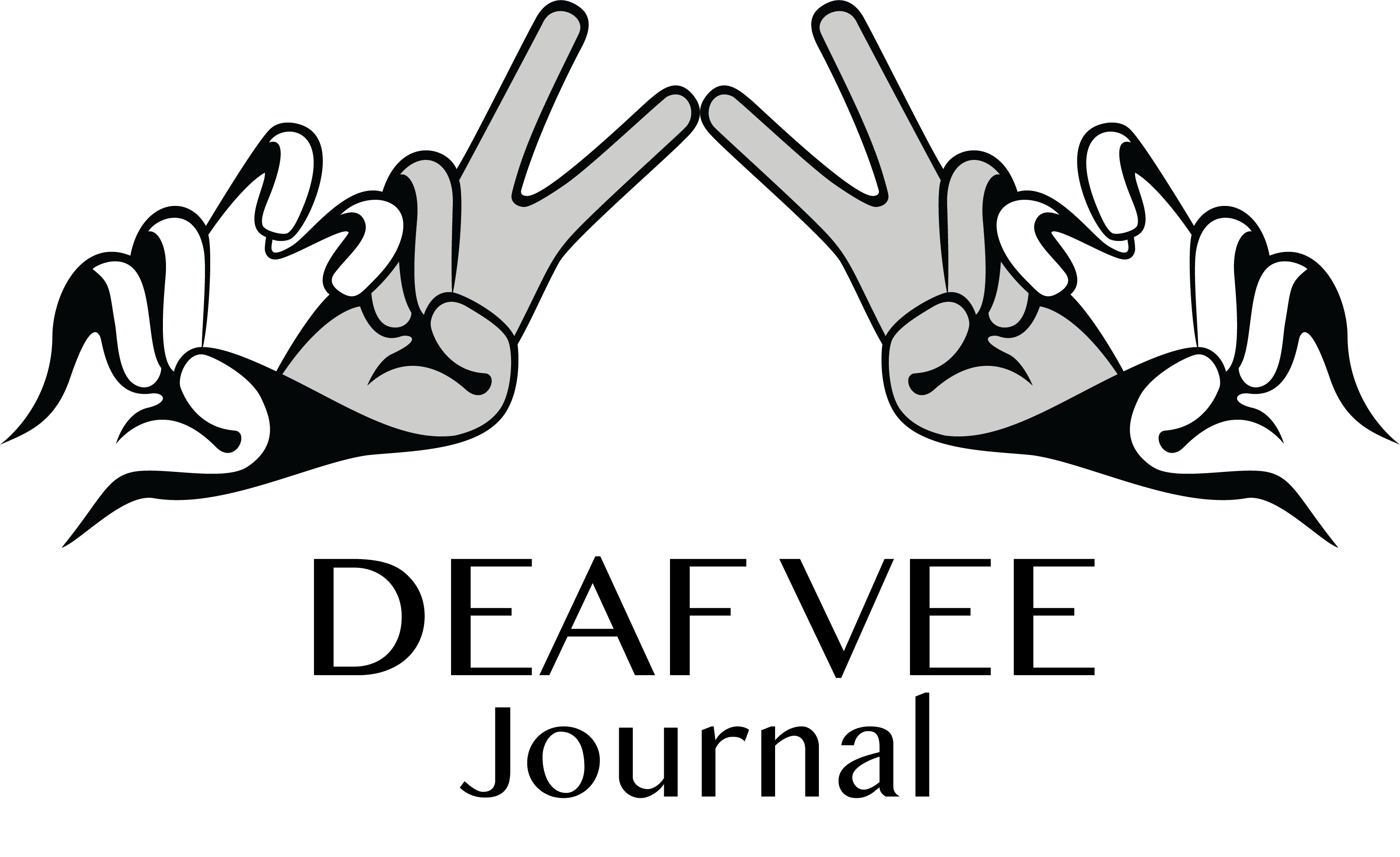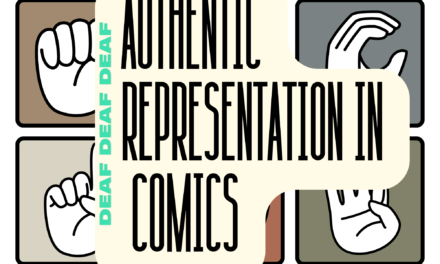Some Deaf* community partners came to the realization that the public news briefings were not accessible. There was major confusion regarding information of COVID-19. A collaborative project dubbed the “White House Livestreaming Project” was initiated by D-PAN, CONVO, and Registry of Interpreters for the Deaf (RID) (later, Communication Services for the Deaf, Inc joined in) to provide access for the community to White House briefings about COVID-19. After realizing that the public news briefings were not being equally accessible for the Deaf* community. There was major confusion among the Deaf* population regarding information of COVID-19.
The RID announced that after 11 weeks of working with this team, they will no longer be involved in the White House live streaming project. (Transcript available below)
Hello, I’m Bill Millios, Director of Communications and Outreach for RID.
I’m a little sad to share that this Friday, June 5th, will conclude RID’s involvement with the White House livestreaming project. I’d like to share some details of how this project started, for those of you who may not know.
In mid-March, 2020, the RID Board, led by President Jonathan Webb, shared their concerns with us at Headquarters that the White House news briefings were not accessible. There were no interpreters provided, and they were not even consistently captioned. This blatant imbalance of power and access had a huge impact on the Deaf, hard-of-hearing, and DeafBlind communities. They were often uninformed regarding information about national/Federal efforts toward the increasing threats related to COVID-19.
With this mandate from the RID Board, we reached out to different people, and ultimately a partnership was formed to address the need. The original partnership was between RID, DPAN.tv, and Convo. Communication Services for the Deaf, Inc. joined a short time later. Each member of this partnership had their strengths. DPAN brought their amazing technical expertise to the table – Sean Forbes has led the establishment of a new standard for livestreamed access. Kudos to him and his team. RID and Convo partnered to provide interpreters. CSD was provided captioning/subtitling for the broadcasts.
As of this Friday, we will have provided access for 11 weeks of White House Press Conferences and events. This has been almost every day, for five days a week. There were a few days where there were no events – holidays, or other gaps in the schedule. There were many, many hours of interpreters provided. The videos provided by DPAN.tv (available on their FB page or their website) have ranged between 30,000 to 130,000 views; the number of viewers varied depending on the day or the specific topic.
When the project began, we were confronted with many technical and logistical challenges. Many Deaf interpreters had no prior experience or opportunity to do live video work, especially in conjunction with hearing interpreter teams. After struggling with putting together introductory training materials, we are grateful that the Interpreter Education and Professional Development Department at Sorenson partnered with RID to provide a first-ever workshop, that focused on training Deaf and hearing interpreters how to work together through video. The specific need at the time was press conferences, but the same information applies to other settings. We are really grateful for that group’s enthusiastic involvement, which has contributed great things to the profession. It’s really inspiring to see the increasing amount of video work that Deaf interpreters are doing as a result of this effort.
I want to give a special huge shout-out to DPAN for raising the bar on setting a new standard for live-streamed events with on-screen interpreters. In the past, DPAN has provided access to music, politics, and sporting events; the diversity of their offerings is now growing. So, a special thank you and recognition to Sean Forbes and his team for their amazing work. I expect to see more great work from DPAN in the future.
Since our initial involvement in this project, there has been a decline in the urgency of the need to disseminate information. While COVID-19 has not gone away, there are more avenues for access now for Deaf, Hard-of-Hearing, and DeafBlind consumers. I talked with DPAN about what their plans are moving forward – they have ideas and plans on how to continue providing access. If you yourself are interested in providing support for this effort, please contact Sean Forbes at DPAN.
We also want to remind everyone that it is critical to continue supporting the National Association for the Deaf’s (NAD) advocacy for access to the White House. We must continue to remind the White House that it is their responsibility to provide access. While many letters and emails have been sent to the White House, there has been no response.
We also want to ask that you contact, thank, and show support for our U.S. Senators and Representatives who are members of the Congressional Deaf Caucus. After noticing the lack of access, they also sent a letter to the White House. That letter also seems to have gone unanswered. We will provide links to these resources in the text below.
In conclusion, RID wants to express our gratitude for being able to participate in this project. We hope that the communities – Deaf, hard-of-hearing, DeafBlind, and the interpreter communities – have all benefited from this work. We hope that access continues to spread.
We are really proud of all of the Deaf and hearing interpreters who participated in this effort. We are proud of the work of everyone who participated in this team effort. We hope you’ll join us in expressing thanks and support to those that contributed. We also hope you’ll join us in thanking the RID Board for their leadership in recognizing the problems caused by lack of access, and their commitment to “Make it happen.”
Thank you!




